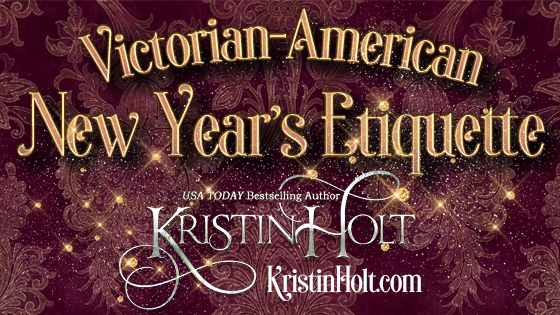
Victorian-American New Year’s Etiquette
Victorian-American newspapers illustrate the rules of etiquette governing New Year’s calls. Society’s expectations were made public and adherence expected. What did proper decorum require on January 1?

Victorian-American newspapers illustrate the rules of etiquette governing New Year’s calls. Society’s expectations were made public and adherence expected. What did proper decorum require on January 1?
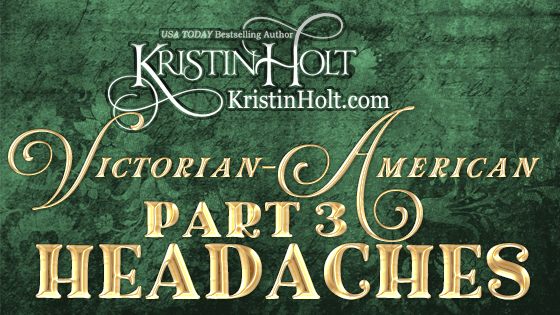
Victorian-American Headaches: Part 3 continues the 11-part series, adding to two other doctors’ perspectives, opinions, and attitudes about headaches. This 1893 newspaper article explains types of headaches, and the doctor’s urging to mothers and nurses to protect babies’ eyes. He not only mentions headache “specifics”, but he sheds much light on antipyrin, a development that made a big splash in the waters of headache management, circa 1888. Scientists developed the precursors to acetaminophen, aspirin, etc., and use of their remedies exploded. The good doctor explains the urgency of patients in obeying their doctor’s instructions and “taking their prescriptions.”
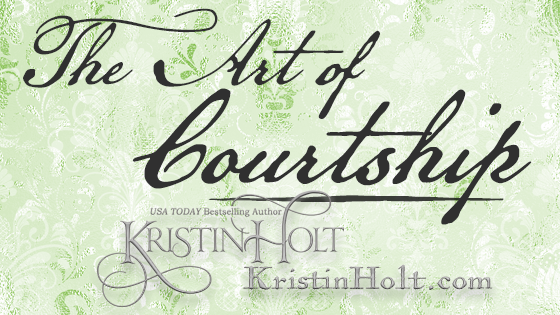
The Art of Courtship: Vintage wisdom relayed from the mid-nineteenth century to a newspaperman thirty years later (in 1887) sheds light on choosing a wife, beginning a courtship, different types of girls (shy, coquette [flirt], “vidders” [widows], and old maids, etc.). Victorian attitudes are prevalent, including the general idea that the sick and infirm aren’t suitable to marriage (think of the children!). Everything you wished your great-great grandpa had told you about courting… and more.
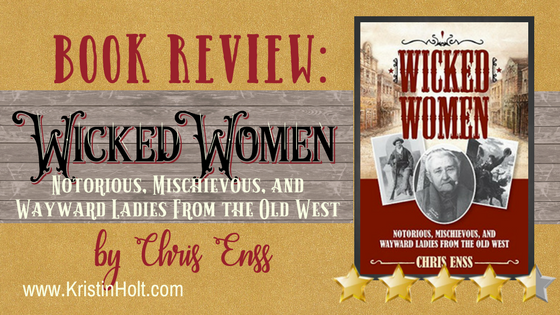
Book Review of Chris Enss’s title: Wicked Women: Notorious, Mischievous, and Wayward Ladies from the Old West. This nonfiction, informative, entertaining book presents women of the Old West–their impact and influence on mining towns, settling the west, and men from prospectors to politicians.
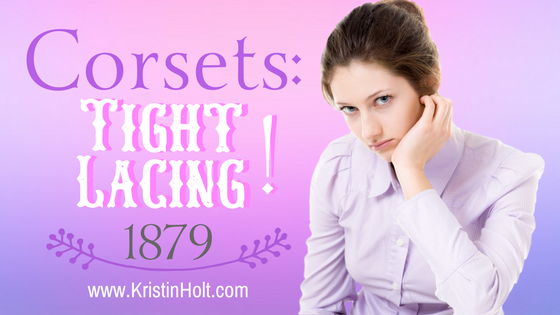
An unnamed Dress Reformer, utterly against “tight lacing” (corsets), uses the art of poetry to explain that everything that ills a woman–from her attitude to her nature, from length of life to a red-tipped nose–is all a result of the ill-fated habit of tightly cinched corsets. This vintage newspaper publication is an example of the American Victorian’s use of humor to blame fashion on craziness with a price too steep to pay.